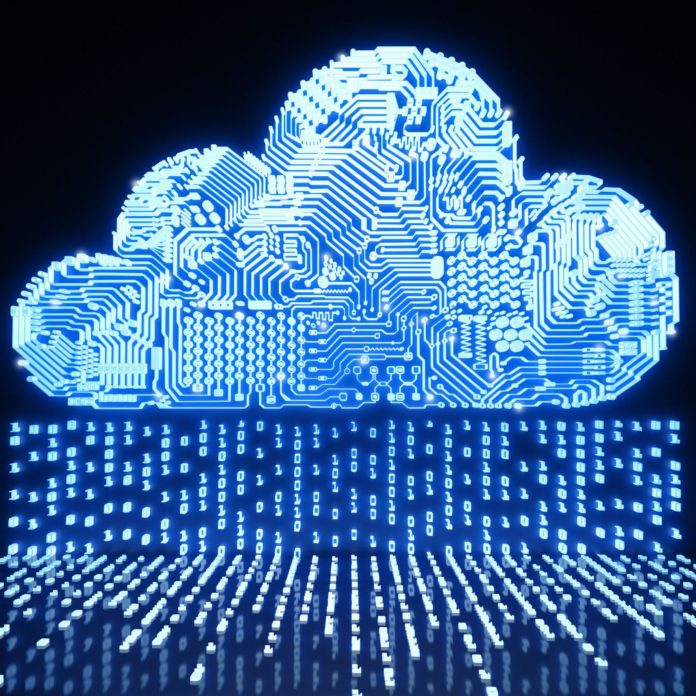Nokia’s 5G Standalone Core helps CSPs safely use public and hybrid clouds hyperscale infrastructure
Tailoring and deploying the full range of 5G services for the myriad needs of consumer, business, and enterprise requires widespread automation and the use of scalable cloud infrastructure. Some CSPs are deploying 5G core network on private clouds and bare metal, while others are pivoting to leverage the existing hyperscale infrastructure that powers the public and hybrid cloud.
DISH Wireless’s greenfield 5G network is set to go public, and when it does, it’ll be the first 5G standalone core network running on the public cloud, via Amazon Web Services. DISH’s network is built around Nokia 5G Standalone Core.
Nokia’s deployment for DISH of the 5G Standalone Core includes voice, packet core, subscriber data management, device management and NetGuard network security, as well as professional end-to-end security services for DISH. AWS provides the automation that DISH needs to support new enterprise and consumer 5G use cases. AWS helps DISH optimize its network operations to launch new software and services rapidly and efficiently.
Nokia’s 5G Standalone Core bridges that connection safely and reliably, keeping DISH securely controlling their services while leveraging AWS infrastructure. Even with public and hybrid cloud integration, CSPs retain ownership and control of their network control functions, the Operational Support Systems (OSS), Radio Access Network (RAN) and other functional elements of their network. The underlying platform shifts away from dedicated CSP facilities and on to hyperscalers’ cloud platforms.
The best of both worlds
“We’re basically both bringing our own capabilities to the table,” said Kari Lehmussaari, Portfolio Management, Core Networks, Nokia.
Lehmussaari said that this marriage of hyperscaler and telco expertise will guide the path for many CSPs as they transition to the 5G core. Hyperscalers bring their dynamic resources to bear to help CSPs achieve cloud-native operations at scale.
“We bring the inherent capabilities and understandings of what really is needed to bring a proper telco-grade solution with all the features and capabilities that you need to deliver the service itself,” said Lehmussaari.
Partnering with hyperscalers brings numerous advantages to CSPs, starting with access to the massive ecosystem of cloud-native developers and tools already in use. Hyperscalers can manage Continuous Integration/Continuous Deployment (CI/CD) workflows, implement advanced Machine Learning (ML) and Artificial Intelligence (AI) software to help improve network performance. With many solutions already available to enterprises, CSPs can bring new, viable, and innovative services reliably and faster to market leveraging hyperscale resources and workflows.
Nokia solutions are key to helping Telenet Belgium advance towards 5G and hybrid cloud deployment of its mobile core. Subscriber Data Management and Cloud Packet Core sport evolution to 5G non-standalone and standalone deployment models, along with policy controller, network exposure, voice and network management and automation functions.
“In Telenet, the starting point is slightly different. We’re deploying our applications onto an on-premise Google Anthos solution in a hybrid cloud deployment. Then, potentially, extend it to the public cloud,” said Lehmussaari.
5G offers CSPs new opportunities for revenue and growth from consumers, businesses and enterprises. Leveraging the power of hyperscalers and public and hybrid cloud connectivity enables CSPs to pivot faster and more flexibly to meet the myriad demands the burgeoning 5G economy will make in the future.

